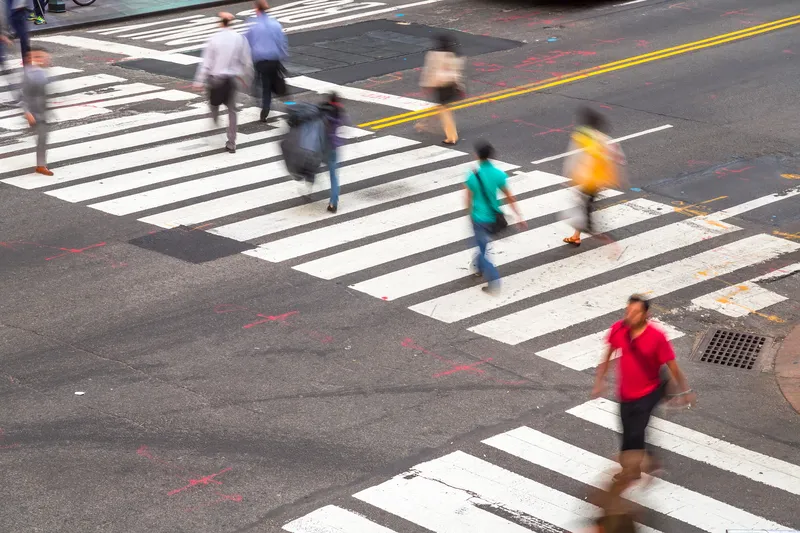According to the Florida Department of Highway Safety and Motor Vehicles' (DHSMV) fifth annual report on red-light safety cameras, intersections equipped with the technology are challenging a state-wide trend. While overall crashes state-wide have increased by 33 per cent from 2012-2015, crashes specifically related to red-light running at red-light safety camera intersections have decreased by more than three per cent.
There is also a reduction in crashes at red-light safety camera intersections involvi
January 6, 2017
Read time: 2 mins
According to the Florida Department of Highway Safety and Motor Vehicles' (DHSMV) fifth annual report on red-light safety cameras, intersections equipped with the technology are challenging a state-wide trend. While overall crashes state-wide have increased by 33 per cent from 2012-2015, crashes specifically related to red-light running at red-light safety camera intersections have decreased by more than three per cent.
There is also a reduction in crashes at red-light safety camera intersections involving non-motorists, pedestrians and cyclists. These collisions at red-light safety camera intersections fell by nearly 20 per cent while at the same time the number of pedestrian and bicyclist fatalities state-wide climbed nearly 33 percent during the four-year period studied in the report.
"This important analysis shows red-light safety cameras continue to stand out as a deterrent to dangerous crashes, especially those involving pedestrians," said Liz Caracciolo, ATS safety general manager. “An overall three per cent reduction in red-light running crashes at Florida's worst intersections, along with a 20 per cent decrease in crashes involving non-motorists are notable achievements considering the fact that crashes are climbing at a frightening rate state-wide.”
Each year, DHSMV gathers and analyses program and crash data from municipalities operating under Florida's Mark Wandall Traffic Safety Act. Of the 58 cities using red-light safety camera to deter red-light running, 28 were selected for an in-depth analysis of crash data specific to intersections armed with the technology.
Despite these positive results, DHSMV cautions that “the crash analysis should be put into context of the overall complexity of the issue at hand, as many factors may contribute to the change in number of crashes outlined in this report”.
There is also a reduction in crashes at red-light safety camera intersections involving non-motorists, pedestrians and cyclists. These collisions at red-light safety camera intersections fell by nearly 20 per cent while at the same time the number of pedestrian and bicyclist fatalities state-wide climbed nearly 33 percent during the four-year period studied in the report.
"This important analysis shows red-light safety cameras continue to stand out as a deterrent to dangerous crashes, especially those involving pedestrians," said Liz Caracciolo, ATS safety general manager. “An overall three per cent reduction in red-light running crashes at Florida's worst intersections, along with a 20 per cent decrease in crashes involving non-motorists are notable achievements considering the fact that crashes are climbing at a frightening rate state-wide.”
Each year, DHSMV gathers and analyses program and crash data from municipalities operating under Florida's Mark Wandall Traffic Safety Act. Of the 58 cities using red-light safety camera to deter red-light running, 28 were selected for an in-depth analysis of crash data specific to intersections armed with the technology.
Despite these positive results, DHSMV cautions that “the crash analysis should be put into context of the overall complexity of the issue at hand, as many factors may contribute to the change in number of crashes outlined in this report”.










